Share:
Take it offline!
This Education in Motion resource is also available as a printable PDF.
Download PDF
The benefits and clinical application of being able to program the end positions of each power seat function angle to create a unique "position" or posture for the client that can be achieved by a push of a button and/or the joystick was reviewed in the Memory Seat Functions Education in Motion resource. In order to allow users to take full advantage of the ability to personalize the memory seating feature available on QUICKIE power wheelchairs with the CxSM module, it is important that the client's wheelchair service provider or clinician program each position individually. This guide provides an easy-to-follow process for memory seat programming.
Step 1
Move the seating to desired position. Change each actuator and element of the seating system to achieve your desired position.
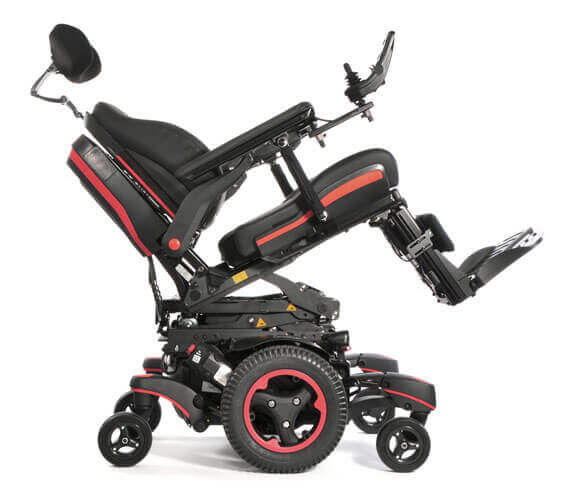
Step 2
Using the joystick, display the desired memory position you would like to change. Example: "M3 Pressure Relief" or "Relax"
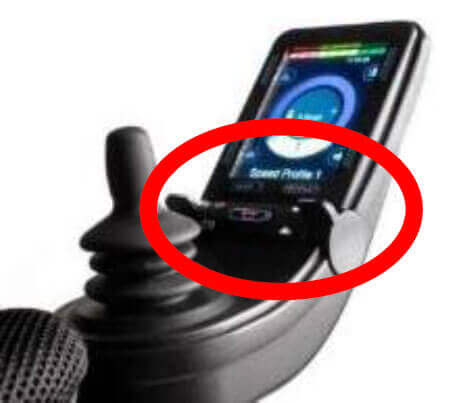
Step 3
Plug a single switch (example: egg switch) into inhibit #6 on the CxSM.
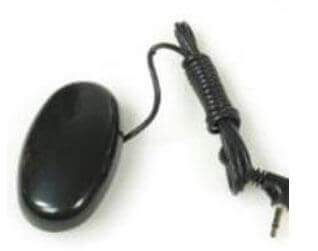
Step 4
Press and hold the single switch, then pull the joystick back and hold for three seconds.
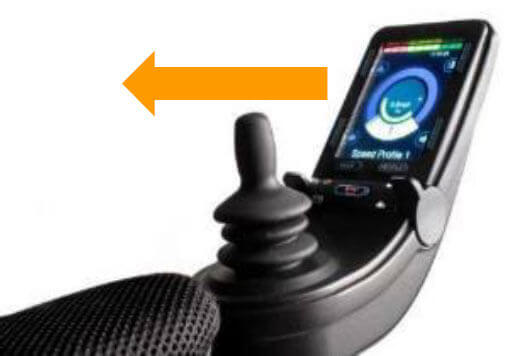
Step 5
Once you hear the joystick beep, the position is set. Release the joystick, then release the button.
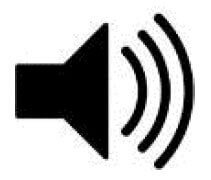
Reset
To reset a memory position back to factory settings, repeat steps 4-5, but hold for six seconds (second tone will sound).
Note: Only Sunrise Medical power wheelchairs utilizing the CxSM control module have access to the memory seating option. If you have questions as to if a specific power wheelchair has this option, contact your local Sunrise Medical representative or Customer Service at 800-333-4000 with the serial number.